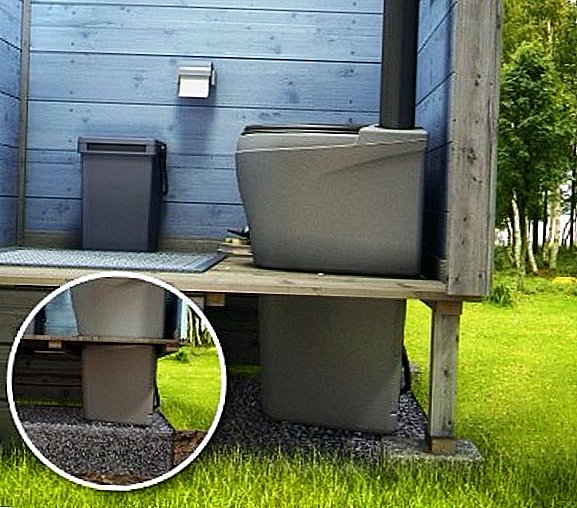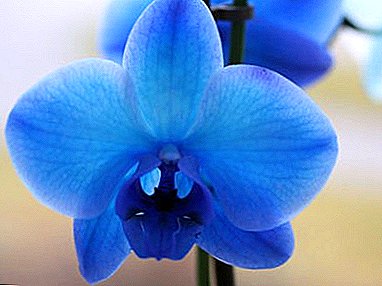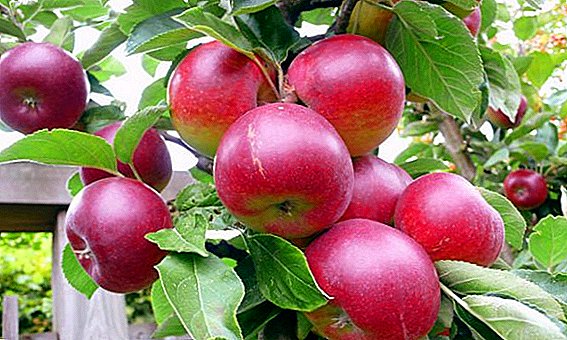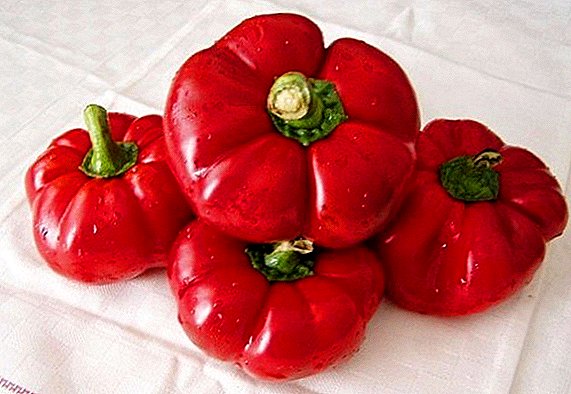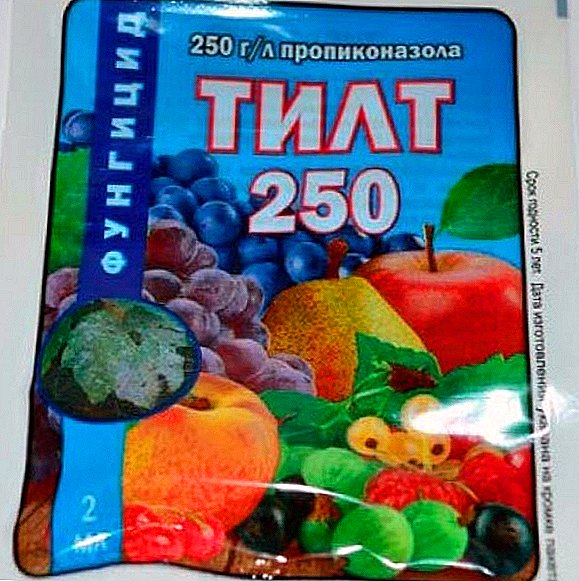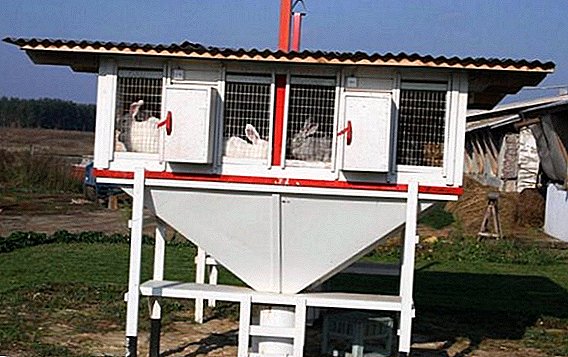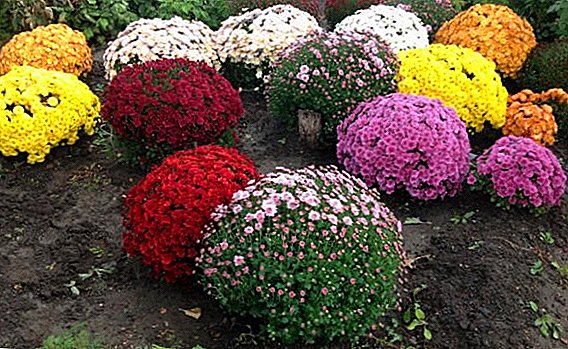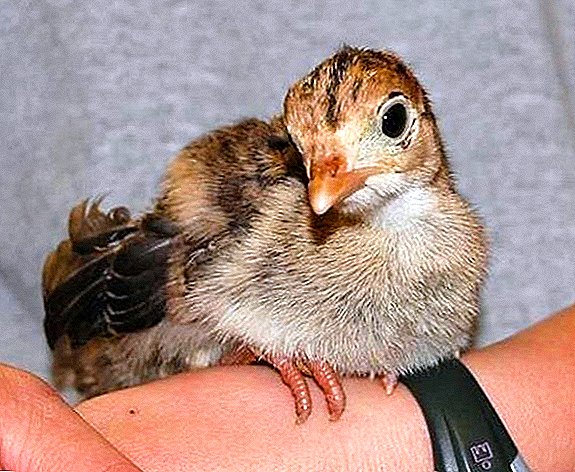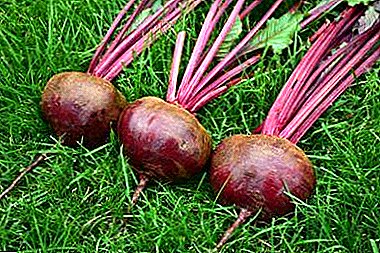
Beetroot is a vegetable crop that gardeners actively grow, because it is very popular in cooking.
But before proceeding to planting, it is necessary to determine the grade. In this case, you need to focus on the climatic conditions of the region, the composition of the soil and the characteristics of the variety itself.
One of the most popular types of beetroot is Kestrel F1. In the article we will consider the characteristic of Kestrel F1 beet, and also we will learn how to grow this beet variety correctly.
Characteristics and description of the variety
Beet of this variety is characterized by a high concentration of sugar, excellent taste and resistance to disease. The fruits have a flat and rounded shape with a smooth surface and a small root. One root crop weighs 200-400 g, has a bright color. Even after processing, the concentration of sugar in beets remains high, so that the harvest is great for making juices. Productivity - 6 kg of culture per meter of planting.
Breeding history
Initially, people grew beets to get green leaves, and after a while they liked the roots. Variety Kestrel originates from the wild vegetable that grew in the Far East and India and was eaten several thousand years ago.
What is the difference from other species?
Variety Kestrel - one of the popular varieties of beet, which was bred for cultivation in European countries and the United States. In addition, abroad it is a standard of quality and high yield.
Advantages and disadvantages
Variety Kestrel has the following advantages:
- tolerates transplant;
- rosette of leaves is durable; it is not injured at harvest;
- resistance to temperatures;
- Excellent storage in the winter.
Of the minuses it is worth noting only frequent defeat by pests. But this can be prevented if you follow all the rules of agricultural engineering.
What and where is it used for?
Harvest is great for making juices and baby food. Also, roots are suitable for culinary processing, freezing and preservation.
Step by Step Growing Instructions
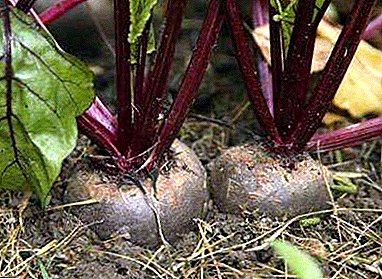 Where and for how much seed can be purchased? You can buy Kestrel seeds at a specialty store or order it online. The cost of planting material in Moscow and St. Petersburg is 3,150 rubles / 50,000 pcs.
Where and for how much seed can be purchased? You can buy Kestrel seeds at a specialty store or order it online. The cost of planting material in Moscow and St. Petersburg is 3,150 rubles / 50,000 pcs.- Landing time. It is possible to sow Kestrel beets from May to June. Vegetable seedlings are planted in the middle of spring.
- Choosing a landing site. Beets prefer to grow in a well-lit place, where there is scattered sunlight, with no direct sunlight.
- What should be the soil. Kestrel variety will grow well in the soil with a neutral and weak levels of acidity. Sandy ground is not suitable for it. Also, the soil should be loose, nutritious and breathable.
- Landing. Before landing work it is necessary to carefully prepare the material. To do this, it has to be treated with fungicides that eliminate all bacteria. To increase the germination of planting material, it should be soaked in a growth stimulator for 2 hours, and then rinsed with water and laid on dry cloth for thorough drying.
Planting seeds as follows:
- The sowing depth is 2 cm. A distance of 2-3 cm should be maintained between seeds, and between rows - 20-30 cm.
- Sprinkle the seeds with a layer of soil - 3-4 cm.
- Tamp the substrate lightly so that excess air is released.
- Abundantly pour the soil with separated and warm water.
- Cover seedlings with plastic wrap, which must be opened every day to prevent condensation.
- As soon as 2 leaves are formed on the sprouts, a pick can be performed and transplanted into open ground.
- Temperature. The optimum temperature for growing plants is 20-24 degrees.
- Watering. For uniform development, root crops need moisture; therefore, watering should be done regularly, using warm and settled water. Young plants moisturize once a week in the evening, and adults once a week, 1.5-2, it all depends on weather conditions.
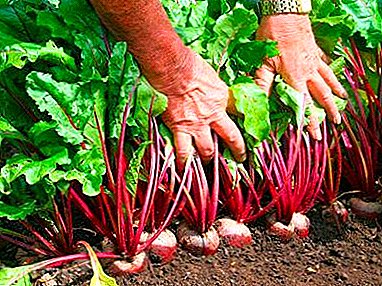 Top dressing. At first, the growth and development of plants need nitrogen, and later they have to make compounds with potassium, phosphorus and boron. Once the leaves are formed, you can water the plants with a solution of mullein infusion (1: 8).
Top dressing. At first, the growth and development of plants need nitrogen, and later they have to make compounds with potassium, phosphorus and boron. Once the leaves are formed, you can water the plants with a solution of mullein infusion (1: 8).Kestrel responds positively to foliar dressing. In summer, you can water the plant from the watering can over the leaves with a solution of boric acid. To do this, dissolve 2 g of boric acid in 10 liters of water. In the summer, the leaves are watered with salt water (20 g of raw materials per 10 liters of water).
- Hilling and loosening. After evening watering in the morning, it is necessary to do soil loosening. Do this not too deep (2-3 cm). This procedure will prevent the formation of an earth crust, so that the roots can receive oxygen. Hilling is also recommended once every 20 days. To do this, slightly loosen the ground, and then pour it on one side and on the other side of the bush.
- Mulching. This is a very important procedure, allowing the soil to remain moist for a long time. For these purposes, sawdust, peat, straw and other plants are suitable. The thickness of the stacked layer is 5-7 cm.
Harvesting
It is necessary to start harvesting when the leaves begin to turn yellow, dry and fall to the ground. If this happens already within a week, then it's time to dig beets. This should be done dry and fine in the afternoon. Using a fork, pry slightly the soil, remove the root and leave to dry on the garden bed. Further you need to cut the leaves, leaving at least 2.5 cm of stalks, shake from the remnants of the soil and proceed to sorting.
Storage
Prepared roots should be laid to dry under a roof or in a well-ventilated room. Only then the crop can be transferred to the place where it will be stored at a humidity of 90% and a temperature of 0- + 2 degrees.
For root crops suitable wooden or plastic boxes. For better storage, they must be sprinkled with sand.
Diseases and pests in relation to this species
The considered variety confronts the following diseases:
- cercosporiosis;
- powdery mildew;
- fusuria wilt;
- rhizoctoniosis.
The main parasite that infects beets is the fly. To avoid this, in the spring you need to water the leaves of the plant with a solution of salt. Also beet is attacked by beet aphid. To combat it, it is better to use chemical preparations, for example, Phyto-farm. After 2 weeks, after the application of the root vegetables can be used in food.
- Wodan F1;
- Borough;
- Pablo F1;
- Mulatto;
- Detroit;
- Bordeaux 237.
Prevention of various problems
The following preventive measures will help prevent various problems:
- In order to protect the beets from downy-mildew, overmoistening of the soil should not be allowed.
- If the leaves become prematurely dry and wilt, then the reason is the lack of full watering, which must be carried out 1-2 times a week.
- Small and sluggish root vegetables. This is the result of a lack of plant nutrition, so fertilizing should be made regularly.
Beetroot Kestrel F1 is a tasty and healthy root crop that can be grown in a vegetable garden without any problems. And although the variety is high-yielding, such results can be achieved only if all agricultural practices are observed.


 Where and for how much seed can be purchased? You can buy Kestrel seeds at a specialty store or order it online. The cost of planting material in Moscow and St. Petersburg is 3,150 rubles / 50,000 pcs.
Where and for how much seed can be purchased? You can buy Kestrel seeds at a specialty store or order it online. The cost of planting material in Moscow and St. Petersburg is 3,150 rubles / 50,000 pcs. Top dressing. At first, the growth and development of plants need nitrogen, and later they have to make compounds with potassium, phosphorus and boron. Once the leaves are formed, you can water the plants with a solution of mullein infusion (1: 8).
Top dressing. At first, the growth and development of plants need nitrogen, and later they have to make compounds with potassium, phosphorus and boron. Once the leaves are formed, you can water the plants with a solution of mullein infusion (1: 8).
